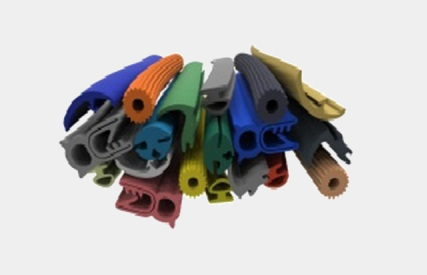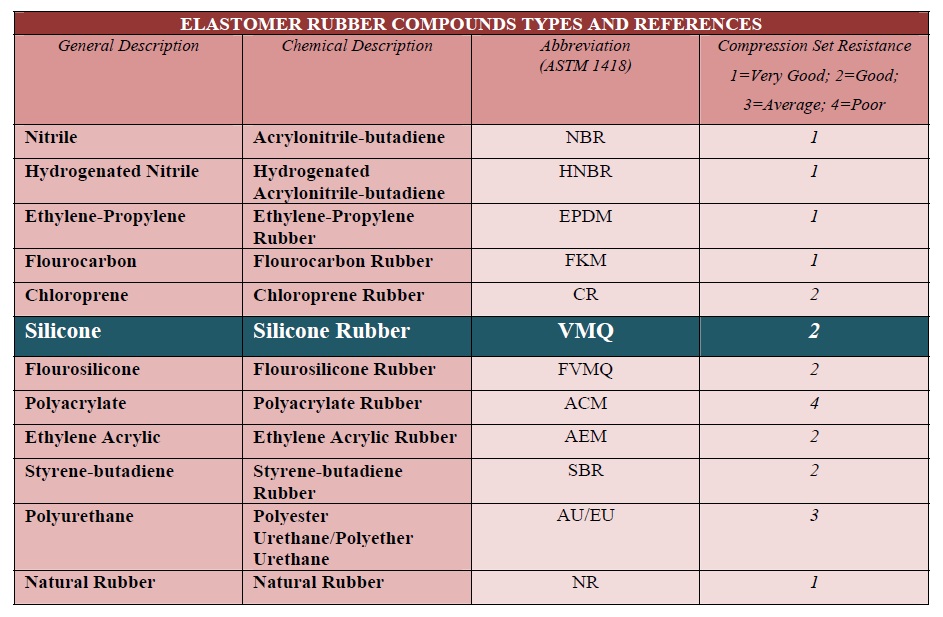
‘Compression Set’ & it’s Critical Use in Measuring the Life of Gasketing Material
Gaskets are a key seal used in anything from engines, to buildings to complex engineering systems. As we ‘live and breathe’ Silicone Elastomers 24 hours per day, 7 days per week – we keep an eye on parameters and properties of what we produce.

Compression Set gaskets
The lower the compression set is the better with Silicone Elastomers (particularly solid ‘rubber-like’ silicones) which include excellent resistance to chemicals, very low gas permeability, improved heat ageing, ozone resistance etc. This type of material is great for gaskets used in heavy sealing applications.
‘Compression set’ as a measurement is a reference to the permanent deformation of a gasketing material after removal of a compressive stress. Strong silicones in this regard are quite stable and can withstand extreme temperatures.
Weaker materials (such as those with a higher compression set) can be deformed over time. Let’s say it’s a sponge or foam gasket. At the start it may appear fine, however through opening & closing of the seal you can expect the gasket thickness to reduce over time. Once the gasket deforms too much, the seal can fail with dusts, fluids and contaminants passing through (especially a massive issue in the case of sensitive electronics).
Accordingly many more applications have shown that elastomer used for gasketing cannot last long and perform its purpose without having an excellent compression set. When an elastomer used as a gasket at a constant temperature, is applied with either static or dynamic load, followed by the removal of the load – the elastomer will recover towards its original shape if it has a low compression set.
It’s common to categorise the elastomers based on the base polymer used in the formulation. These classifications are summarized per the ASTM D 1418 standard below with an indication of how well they perform in terms of their compression set.

To find out more about Jehbco’s Pure Silicones, review the website and Contact Us right here.


